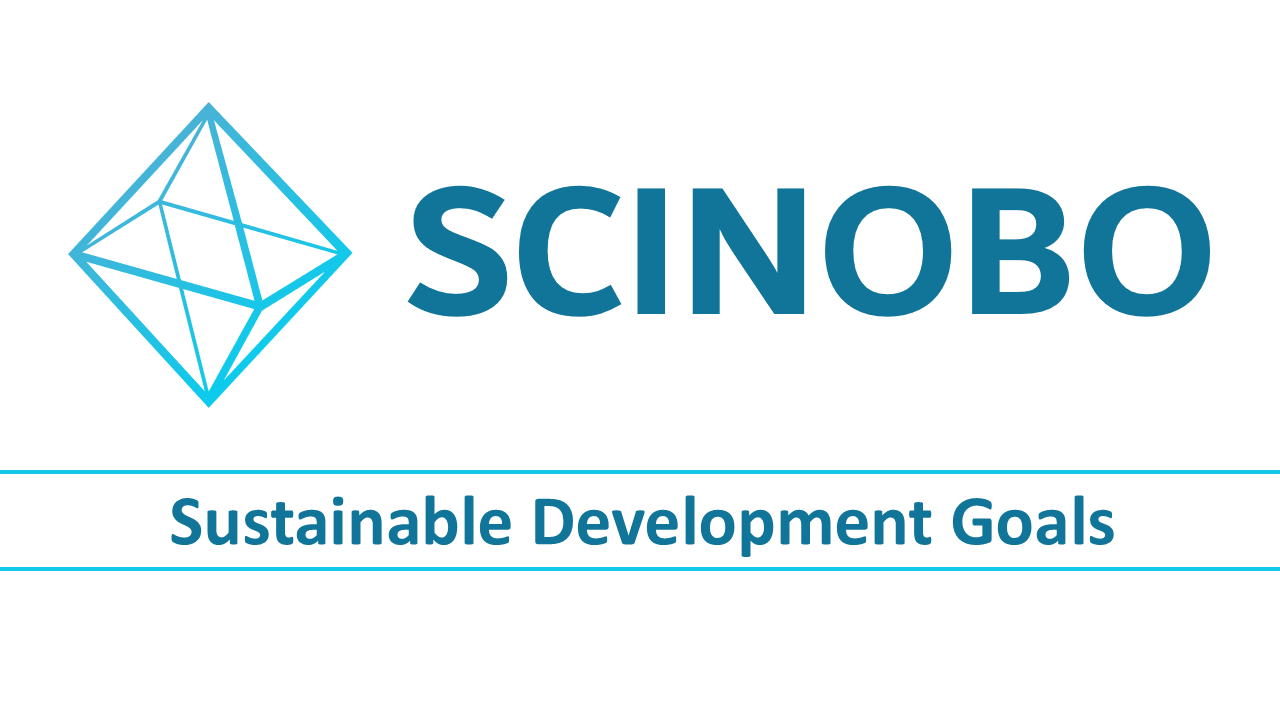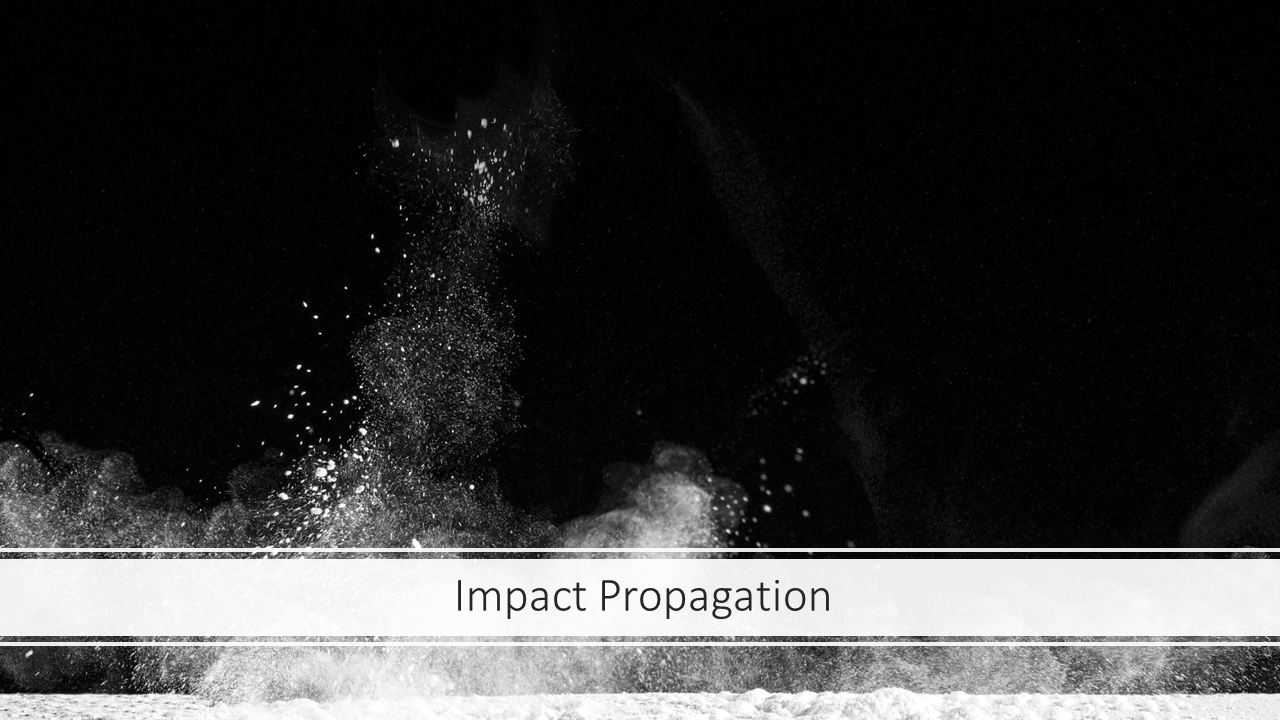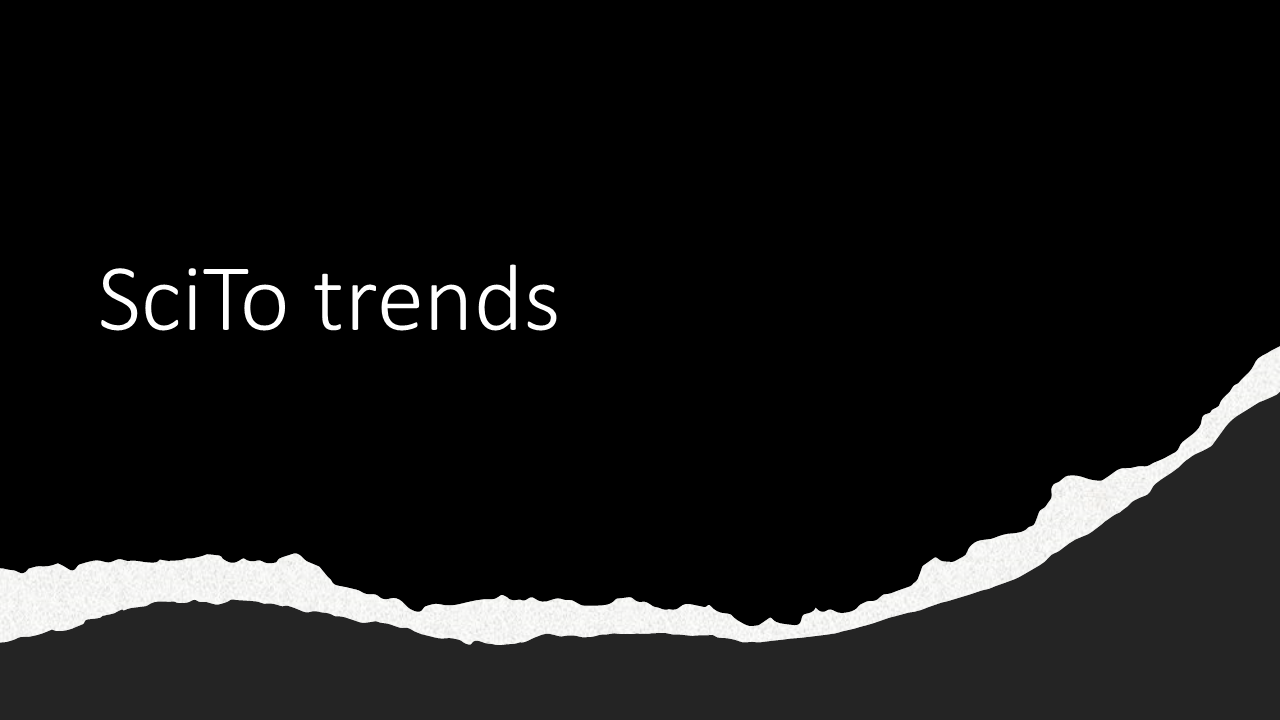Impact-driven discovery service bundle
This service aims to provide accurate estimates of the impact of research objects and detect emerging trends in research topics.


The bundle has the following components

Aligning Research with Global Goals
SciNoBo SDG
SciNoBo SDG categorises publications and artifacts based on the Sustainable Development Goals (SDGs). It is a multi-label classifier that assigns multiple labels to a publication, allowing researchers to align their work with specific SDGs.

Amplifying valuable research
BIP! Services
BIP! Toolbox is a suite of advanced software components and resources with the aim to assist the discovery of valuable publications, leveraging multi-perspective impact analysis of scientific publications.

Towards comprehensive impact metrics for diverse research outputs
Impact propagation
The impact propagation component aims to propose and implement impact scores for research objects for which existing metrics are unsuitable or not directly measurable. It will allow researchers to better evaluate the impact of software and datasets, which are often overlooked by traditional metrics.

Connecting research through data-driven classification
SciNoBo FoS
SciNoBo FoS is a novel classification system of publications to predefined Field of Science (FoS) taxonomies, leveraging the structural properties of a publication (citations, references) organized in a multilayer network. It offers a dynamically constructed FoS taxonomy, which can help identify research trends of interest.

Unveiling the Path of Scientific Progress
SciTo trends
SciTo assists monitoring and visualising scientific topic evolution in different scientific disciplines.